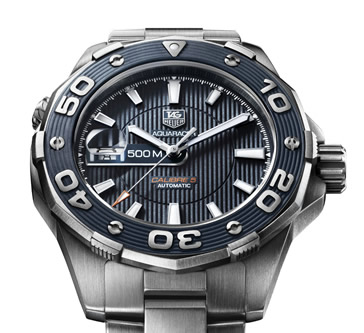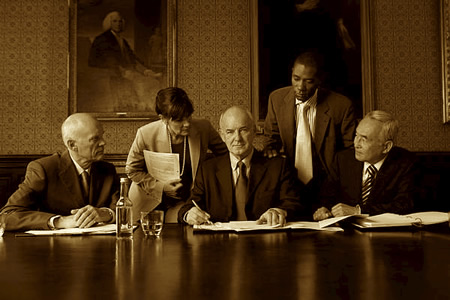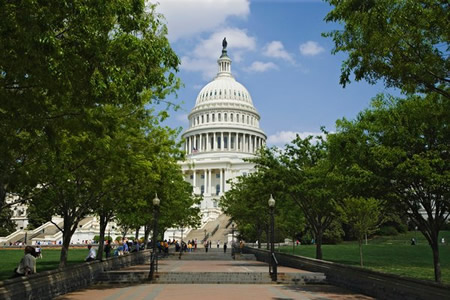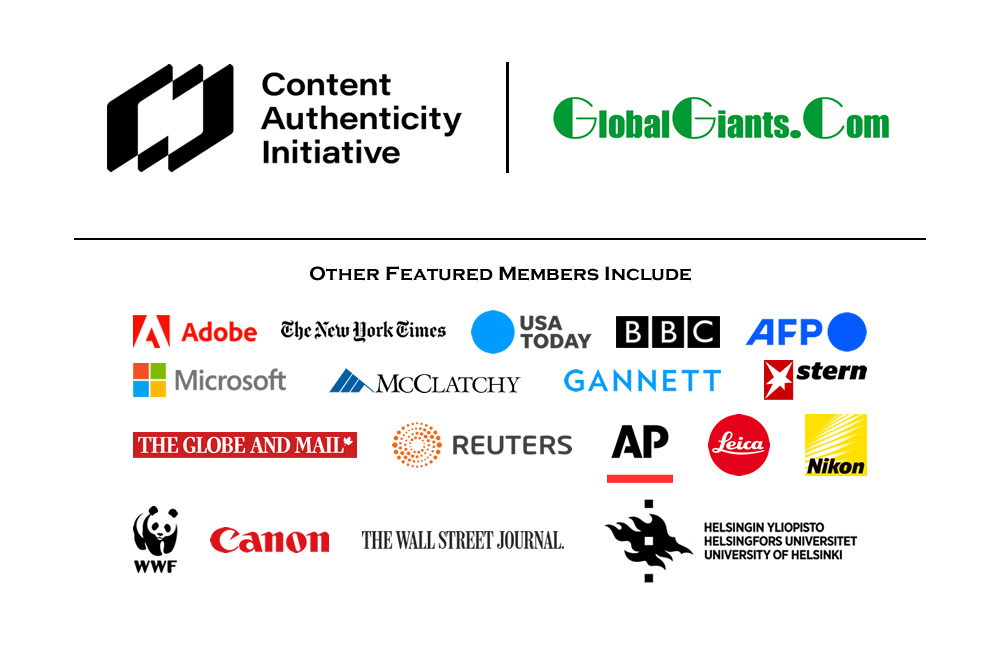« February 2009 | Main | April 2009 »
March 27, 2009
TAG Heuer Explores Luxury with The Aquaracer 500m Series and Offers a Glimpse Into The Future of Watchmaking with Its Monaco 24 Chronograph

Photo: TAG Heuer's Aquaracer 500M with blue dial and stainless steel bracelet.
Answering the call of diving enthusiasts who demand an exacting timepiece that is robust as well as refined, Swiss watch Brand TAG Heuer unveiled its new Aquaracer 500M series. Whether worn while swimming along the Great Barrier Reef or exploring the underwater caves of Turks & Caicos, these watches take serious sports-inspired functionality to a new extreme.
Water resistant to 500 meters, each model in the Aquaracer 500M collection is equipped with the definitive attributes of a high-performance diving watch, including a unidirectional turning bezel that ensures precise elapsed dive-time measurement. Highly luminescent markers on the hands and indexes, as well as an orange-tipped second hand, provide at-a-glance readability under water or in dim light. Additionally, the sapphire crystal and caseback are scratch-resistant and anti-reflection treated for optimum visibility.
To prevent damage to the watch and its movements, the Aquaracer 500M features an automatic helium valve that releases, upon decompression, any gases that infiltrate the watch during a deep dive. A fine-brushed, screw-in crown with double safety gaskets further protects the timepiece from water or dust penetration.

Photo: TAG Heuer's Monaco Twenty Four Concept Chronograph.
TAG Heuer also announced that it is continuing to push the boundaries of watchmaking with its Monaco Twenty Four Concept Chronograph, invoking the electrifying spirit of the world's most arduous sports car race. Introduced today at BASEL, Switzerland, this timepiece, in TAG Heuer's own words, features the same state-of-the-art engineering as the powerful GT cars that take to the 24 Hours of Le Mans circuit.
The Monaco Twenty Four Concept Chronograph's race car-inspired functionality is found in every aspect of the piece's design, most notably in the energy manifold that houses the Calibre 36 movement. Comparable to a GT car's cockpit cage, this proprietary steel-tube structure safeguards the mechanism, ensuring that the watch can better withstand shock.
The movement gains additional protection from a shock-absorbing composite filter material. Used in the racing and aerospace industry, this material insulates the Calibre 36 movement by directing vibrations into the composite filter, which absorbs and dissipates their energy. According to TAG Heuer, unlike a conventional timepiece's Incabloc system, which protects the mechanism only from external shocks, TAG Heuer's Dynamic Absorber insulates the movement entirely and the Monaco Twenty Four Concept Chronograph is able to withstand an impact of 24,000 G, the equivalent of a 65-foot fall, compared with the industry standard of 2,000 - 5,000 G, or a three-foot fall. These additional safeguards ensure the Monaco and its components will remain unscathed whether the wearer is skydiving from 15,000 feet or attending a very enthusiastic business meeting, explains the watchmaker.
Source: TAG Heuer
|GlobalGiants.com|







Edited & Posted by the Editor | 7:05 AM | View the original post
March 18, 2009
Reputation Risk Management Is on the Rise in U.S. and European Corporations -- The Conference Board
But Many Companies Still Have a Long Way to Go in Protecting Their Reputations.

According to a new report from The Conference Board (global business research and membership organization), a growing number of major global companies are investing substantial resources to manage their reputation risk and have increased their efforts to do so over the last three years.
"Safeguarding reputation is even more critical today because companies have developed successful ways to make reputation risk management part of their overall risk management," says Ellen Hexter, Director, Enterprise Risk Management at The Conference Board and co-author of the report with Sandy Bayer, President of Bayer Consulting. "In addition, different stakeholder groups are becoming more sophisticated in how they drive corporate reputations. Critics on the Internet can now transmit their opinions and complaints around the world with ease. Most importantly, consumers have high expectations that companies will not only produce quality products and services, but also will act ethically in their creation and distribution."
The report defines reputation as how a company is perceived by each of its stakeholder groups and reputation risk as the risk that an event will negatively influence stakeholder perceptions. Many reputation risks are the secondary result of other, more traditionally recognized risks. For example, if a manufacturer produces an unsafe product, it may lose customers and is likely to suffer financial costs due to a product recall, both of which impact reputation. Reputations may be damaged for any number of reasons, including that stakeholders perceive a company to be unethical.

"Although reputation is the quintessential intangible asset, a strong corporate reputation yields concrete benefits - higher market value, stronger sales, and an increased ability to hire the best and the brightest," says Bayer.
The report is based on the findings of The Conference Board Reputation Risk Research Working Group and a survey of 148 risk management executives of major corporations. More than three quarters of the respondents to the survey said their companies are making a substantial effort to manage reputation risk (82 percent) and they have increased focus in this area over the last three years (81 percent).

Other key findings of the study:
• Reputation risk should be managed throughout the organization. Although communication is of critical importance in responding to a risk event, a company's reputation should be considered during the preparation and execution of strategy and new projects, which hasn't been the case in most companies.
• Reputation risk is often not incorporated into risk management. Only 49 percent of executives surveyed said that the management of reputation risk was highly integrated with their Enterprise Risk Management (ERM) function or another risk oversight program.
• Assessing reputation risks is a top challenge. Fifty-nine percent indicated that assessing the perceptions and concerns of stakeholders was an extremely or very significant issue, making it the highest-ranked challenge.
• Media monitoring has become more sophisticated. Today, there are tools to assess whether coverage is positive, neutral or negative; the credibility of publications; the prominence of coverage, etc.
• Efforts are being made to quantify the value of reputation. A select group of companies is making progress in this area by working with specialist consulting firms to quantify the impact of reputation on share price.
• Social media are gaining influence, but most companies are ignoring them. Although consumers and investors are increasingly gathering information from blogs, online forums, and social networking sites, only 34 percent of the survey respondents said they extensively monitor such sites, and only 10 percent actively participated in them.

The findings spurred the following recommendations from The Conference Board Research Working Group:
1) Actively involve boards of directors in reputation risk management.
2) Demonstrate to leaders and management teams in business units the impact of their actions on reputation.
3) Integrate reputation risk management with ERM or other risk management programs.
4) Quantify the value of reputation.
5) Use and nurture employees as corporate ambassadors.
"Boards of directors, senior management, and operating management should demonstrate an active commitment to strong reputation management," conclude the authors.
Source: The Conference Board
|GlobalGiants.com|
"Our reputation is more important than the last hundred million dollars."
-- Rupert Murdoch
"From the sublime to the ridiculous there is but one step."
-- Napoleon Bonaparte







Edited & Posted by the Editor | 12:59 AM | View the original post
March 5, 2009
WALL STREET REPORT: $5 BILLION IN POLITICAL CONTRIBUTIONS BOUGHT WALL STREET FREEDOM FROM REGULATION, RESTRAINT
Steps to Financial Cataclysm Paved with Industry Dollars?

The financial sector invested more than $5 billion in political influence purchasing in Washington over the past decade, with as many as 3,000 lobbyists winning deregulation and other policy decisions that led directly to the current financial collapse, according to a 231-page report issued today by Essential Information and the Consumer Education Foundation.
The report, "Sold Out: How Wall Street and Washington Betrayed America," shows that, from 1998-2008, Wall Street investment firms, commercial banks, hedge funds, real estate companies and insurance conglomerates made $1.725 billion in political contributions and spent another $3.4 billion on lobbyists, a financial juggernaut aimed at undercutting federal regulation. Nearly 3,000 officially registered federal lobbyists worked for the industry in 2007 alone. The report documents a dozen distinct deregulatory moves that, together, led to the financial meltdown. These include prohibitions on regulating financial derivatives; the repeal of regulatory barriers between commercial banks and investment banks; a voluntary regulation scheme for big investment banks; and federal refusal to act to stop predatory subprime lending.
"The report details, step-by-step, how Washington systematically sold out to Wall Street," says Harvey Rosenfield, president of the Consumer Education Foundation, a California-based non-profit organization. "Depression-era programs that would have prevented the financial meltdown that began last year were dismantled, and the warnings of those who foresaw disaster were drowned in an ocean of political money. Americans were betrayed, and we are paying a high price -- trillions of dollars -- for that betrayal."
"Congress and the Executive Branch," says Robert Weissman of Essential Information and the lead author of the report, "responded to the legal bribes from the financial sector, rolling back common-sense standards, barring honest regulators from issuing rules to address emerging problems and trashing enforcement efforts. The progressive erosion of regulatory restraining walls led to a flood of bad loans, and a tsunami of bad bets based on those bad loans. Now, there is wreckage across the financial landscape."

12 Key Policy Decisions Led to Cataclysm
The report concludes that financial deregulation led directly to the current economic meltdown. For the last three decades, government regulators, Congress and the executive branch, on a bipartisan basis, steadily eroded the regulatory system that restrained the financial sector from acting on its own worst tendencies. "Sold Out" details a dozen key steps to financial meltdown, revealing how industry pressure led to these deregulatory moves and their consequences:
1. 1. In 1999, Congress repealed the Glass-Steagall Act, which had prohibited the merger of commercial banking and investment banking.
2. Regulatory rules permitted off-balance sheet accounting -- tricks that enabled banks to hide their liabilities.
3. The Clinton administration blocked the Commodity Futures Trading Commission from regulating financial derivatives -- which became the basis for massive speculation.
4. Congress in 2000 prohibited regulation of financial derivatives when it passed the Commodity Futures Modernization Act.
5. The Securities and Exchange Commission in 2004 adopted a voluntary regulation scheme for investment banks that enabled them to incur much higher levels of debt.
6. Rules adopted by global regulators at the behest of the financial industry would enable commercial banks to determine their own capital reserve requirements, based on their internal "risk-assessment models."
7. Federal regulators refused to block widespread predatory lending practices earlier in this decade, failing to either issue appropriate regulations or even enforce existing ones.
8. Federal bank regulators claimed the power to supersede state consumer protection laws that could have diminished predatory lending and other abusive practices.
9. Federal rules prevent victims of abusive loans from suing firms that bought their loans from the banks that issued the original loan.
10. Fannie Mae and Freddie Mac expanded beyond their traditional scope of business and entered the subprime market, ultimately costing taxpayers hundreds of billions of dollars.
11. The abandonment of antitrust and related regulatory principles enabled the creation of too-big-to-fail megabanks, which engaged in much riskier practices than smaller banks.
12. Beset by conflicts of interest, private credit rating companies incorrectly assessed the quality of mortgage-backed securities; a 2006 law handcuffed the SEC from properly regulating the firms.
Financial Sector Political Money and 3000 Lobbyists Dictated Washington Policy
During the period 1998-2008:
• Commercial banks spent more than $154 million on campaign contributions, while investing $363 million in officially registered lobbying:
• Accounting firms spent $68 million on campaign contributions and $115 million on lobbying;
• Insurance companies donated more than $218 million and spent more than $1.1 billion on lobbying;
• Securities firms invested more than $504 million in campaign contributions, and an additional $576 million in lobbying. Included in this total: private equity firms contributed $56 million to federal candidates and spent $33 million on lobbying; and hedge funds spent $32 million on campaign contributions (about half in the 2008 election cycle).
The betrayal was bipartisan: about 55 percent of the political donations went to Republicans and 45 percent to Democrats, primarily reflecting the balance of power over the decade. Democrats took just more than half of the financial sector's 2008 election cycle contributions, the report clarifies.
According to the report, the financial sector buttressed its political strength by placing Wall Street expatriates in top regulatory positions, including the post of Treasury Secretary held by two former Goldman Sachs chairs, Robert Rubin and Henry Paulson.
Financial firms employed a legion of lobbyists, maintaining nearly 3,000 separate lobbyists in 2007 alone, says the report.
These companies drew heavily from government in choosing their lobbyists. Surveying 20 leading financial firms, "Sold Out" finds 142 of the lobbyists they employed from 1998-2008 were previously high-ranking officials or employees in the Executive Branch or Congress.
Essential Information is a Washington, D.C. nonprofit that seeks to curb excessive corporate power. The Consumer Education Foundation is a California-based nonprofit that supports measures to prevent losses to consumers.
Source: Essential Information
|GlobalGiants.com|
Click HERE for a full PDF copy of "Sold Out: How Wall Street and Washington Betrayed America".
"Information is the currency of democracy."
-- Thomas Jefferson
"As a very important source of strength and security, cherish public credit. One method of preserving it is, to use it as sparingly as possible; avoiding occasions of expense by cultivating peace, but remembering also that timely disbursements to prepare for danger frequently prevent much greater disbursements to repel it; avoiding likewise the accumulation of debt, not only by shunning occasions of expense, but by vigorous exertions in time of peace to discharge the debts, which unavoidable wars may have occasioned, not ungenerously throwing upon posterity the burthen, which we ourselves ought to bear."
-- GEORGE WASHINGTON, Farewell Address, Sep. 17, 1796
"The government, which was designed for the people, has got into the hands of the bosses and their employers, the special interests. An invisible empire has been set up above the forms of democracy."
-- Woodrow Wilson
"In politics... never retreat, never retract... never admit a mistake."
-- Napoleon Bonaparte







Edited & Posted by the Editor | 5:56 AM | View the original post







